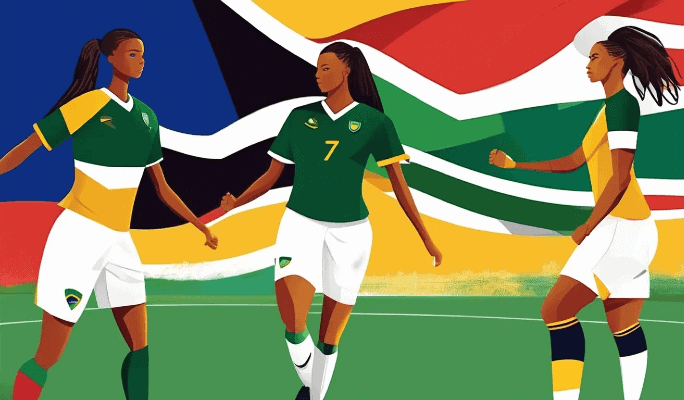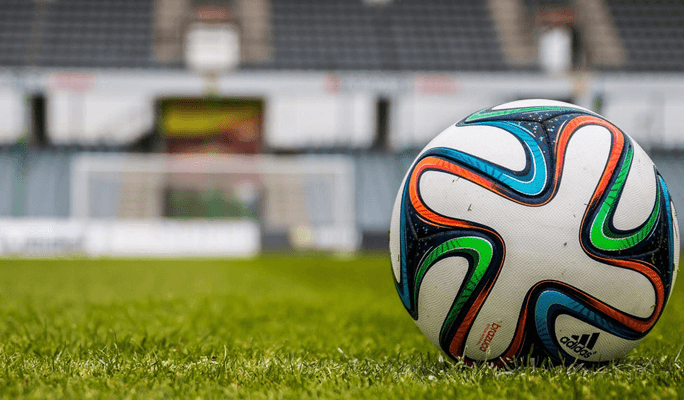
The South African Soccer scene
Hosting the FIFA Football World Cup in 2010 was a defining moment for South Africa. As a soccer-mad nation, the event brought about a unity that one only sees in sport. Siphiwe Tshabalala’s opening goal of the tournament will be talked about for years to come. It was indeed a proud moment for all South Africans. As one of the big three sports in South Africa, soccer has the largest following. From professional soccer clubs to informal matches played in the townships, the game truly has a reach like no other. Many a young South African aspires to become the next Bafana Bafana star.
When was soccer introduced to South Africa?
Soccer found its way to South African shores via the British nationals travelling to the country in the mid-1800’s. A sport popular amongst the military, soccer soon found its way across culture lines. The first documented games occurred in 1862. These games were contested in Cape Town and Port Elizabeth, exclusively by white people. Since the very beginning, soccer has been under the race spotlight. Initially the sport was only played by whites, and the associations formed thereafter were exclusive to the white population. Organizations specific to the Indian, black, and coloured populations were formed thereafter. However, the different races did not mix. The apartheid system enforced further segregation and disallowed racially mixed teams from competing. Due to these policies, FIFA suspended South Africa from international competition from 1961 until after the fall of the regime in 1992.
A new dawn
As the apartheid system crumbled, a new single non-racial organisation formed. In December 1991, the South African Football Association (SAFA) was born. The separate organisations of the past were no longer necessary. In 1992 South Africa played its first international football match in 30 years. The inclusive national team, referred to as Bafana Bafana managed to defeat Cameroon 1-0 in the match played in Durban. The excitement and support for the national team progressed steadily from 1992. Even nowadays the Bafana Bafana team of that era are still considered to be the best ever. Certainly, from a results perspective it would be difficult to argue against this sentiment. The 1996 team are still the only South African team to have won the African Cup of Nations. The team of 1998 was also the first South African team to have qualified for the FIFA Football World Cup. A feat only accomplished twice since, in 2002 and 2010 (there was automatic qualification in 2010 as South Africa was the host nation).
South African leagues
The main league in South Africa is the PSL (Premier Soccer League). Watched by an estimated 13 Million people, the league is one of the most popular seasonal events in the country. Established in 1996, the PSL is the administrator of professional soccer in South Africa. The PSL consists of two club divisions, the PSL and the NFD (National First Division). Teams in the lower NFD league aspire to promotion into the much more lucrative PSL. Conversely, relegation to the NFD is something teams in the PSL are wary of. Mamelodi Sundowns are the most successful team, with ten titles to their name. The two most popular clubs in the country, Kaiser Chiefs and Orlando Pirates have both only won the title four times each. From a coaching perspective, Pitso Mosimane the current Sundowns manager has won the most titles, with five to his name.
Other competitions
Aside from the leagues, there are a few cup competitions competed for each season. The three main cup competitions are the MTN 8, the Nedbank Cup and the Telkom knockout. The MTN 8 features the top eight teams of the previous PSL season. Played in the beginning of the season, the structure is such that the top placed team plays the bottom placed team, and so on. The semi-finals occur over two legs. The winning team takes home 8 million rand in prize money. The 16 teams of the PSL compete for the Telkom knockout cup. The competition takes place in the first half of the season. The prize money for the winner is 4 million rand. The Nedbank Cup, like the FA Cup in English football, consists of lower league clubs that compete with clubs from the top leagues. The competition consists of 32 teams. The 16 PSL teams, along with eight NFD clubs and eight clubs from SAFA’s regional leagues make up the contingent. The winners of the Nedbank Cup receive 7 million rand.
South African soccer has come a long way from its racially segregated origins. The domestic league is one of the best in Africa, and many players have gone on to realize overseas success with large clubs. South Africa’s most popular sport still has some way to go in terms of international achievement. One feels that another African Cup of Nations triumph and FIFA Football World Cup qualification would both be steps in the right direction for a proud soccer nation such as South Africa.



